Oral Surgery in Parma, OH
Wisdom Teeth: What You Need to Know
Wisdom teeth are the third and final set of molars that emerge, usually during your late teens to early twenties. For some people, the wisdom teeth emerge through the gums and have enough room to grow in naturally. For others, wisdom teeth can cause problems as they attempt to protrude through the gums.
What is an Impacted Wisdom Tooth?
When a wisdom tooth is impacted, it is coming in at an angle and not straight through the gum line. This can cause pain, cause the tooth to come in unevenly, or result in the tooth emerging only partially. Impacted wisdom teeth can:
- Cause structural damage to the jaw and other teeth
- Provide a place for bacteria to gather since they are hard to reach and clean
These potential issues make it necessary to remove impacted wisdom teeth to prevent larger problems from developing. Routine x-rays during a dental exam can reveal if you will need to have your wisdom teeth removed.
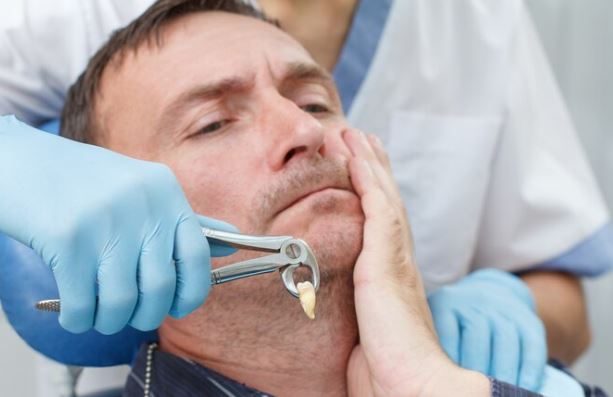
Other Services
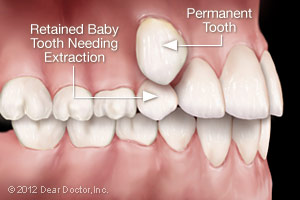
Wisdom Teeth Extraction
Wisdom teeth extractions are a fairly common procedure. These third molars often cause problems as they attempt to protrude through the gums.
Why Wisdom Teeth Are Removed
When a wisdom tooth is impacted, it means the tooth is coming in at an angle and not straight through the gum line. This can lead to various complications such as:
- Pain and discomfort
- Uneven eruption of the tooth
- Partial emergence of the tooth, making it harder to clean
For these reasons, it may be necessary to remove impacted wisdom teeth to avoid further issues.
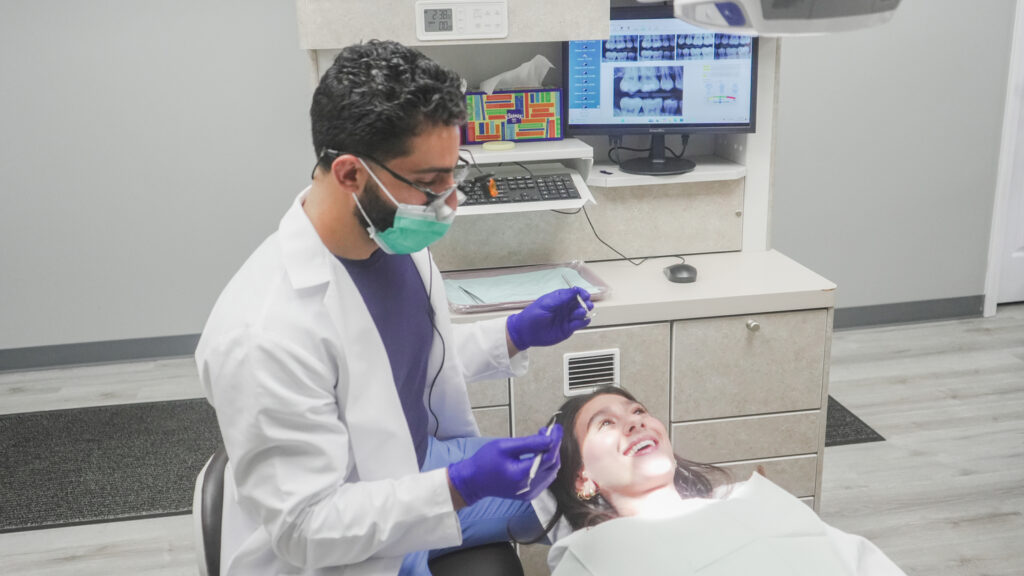
What Happens After Tooth Extraction?
When removing a tooth, it is important to consider the best course of action for the space left behind. While wisdom teeth are located in the back of the mouth and typically heal on their own without complications, other extractions require more thoughtful planning.
The Importance of Addressing the Extraction Site
If nothing is done with the extraction site after a tooth is removed, the jawbone may degenerate and change shape during healing. This can cause:
- Shifting of your remaining teeth
- Problems with your bite
- Difficulty speaking and chewing
Options for Filling the Space
Depending on your preferences and needs, there are several options to restore the space:
- Dental Implant: A sturdy jawbone is necessary for a dental implant. This option provides a long-term solution to fill the space.
- Dental Bridge: If a bridge is selected, it must be molded and placed before your teeth have the chance to shift.
Consult Your Dentist
Your dentist will discuss the best options for your specific situation. They will recommend a treatment plan and provide guidance on caring for the extraction site. Be sure to schedule follow-up appointments to ensure proper healing.
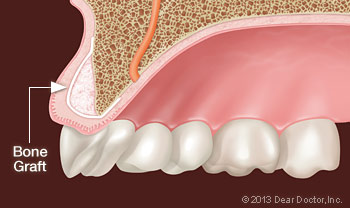
Bone Grafting
Bone grafting is a procedure used to build up the jawbone to accommodate a dental implant or other restorative devices. This common procedure is frequently used for dental implants and other periodontal treatments to ensure that there is sufficient bone structure to support the restoration.
What Is Bone Grafting?
During bone grafting, bone material is taken from the patient, often from another area of the mouth during drilling. These bone fragments are suctioned and used to rebuild the jawbone. In some cases, cadaver bone fragments may also be used. These fragments are carefully harvested by bone banks and are considered a very safe and reliable source for bone donation.
Why Is Bone Grafting Needed?
Bone grafting is typically necessary when the jawbone has insufficient density to support a dental implant. Whether due to bone loss from periodontal disease, injury, or a previous extraction, grafting helps restore the necessary structure for a successful implant or other restorative devices.
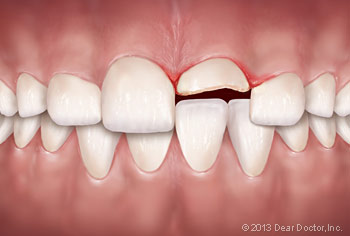
Facial Trauma & Surgery
After a car accident or other forms of facial trauma, surgery may be required to correct the damage. Oral and Maxillofacial surgeons are specially trained to perform surgeries needed after such injuries. These surgeries can take place in a local hospital or outpatient surgery center, depending on the severity of the trauma.
Types of Facial Trauma That May Require Surgery
Some common types of facial trauma that may need surgical intervention include:
- Facial lacerations
- Knocked-out teeth
- Fractures or broken bones in the cheek, nose, jaw, or eye socket
Why Special Training Is Necessary
Facial trauma causes both physical and emotional stress for patients. Correcting these injuries requires special training and a deep understanding of both the functional and aesthetic aspects of the face. Oral and Maxillofacial surgeons consider the patient’s prior appearance, as well as any permanent damage, to ensure the best possible outcomes. This ensures the patient not only heals physically but also retains or restores their natural appearance.
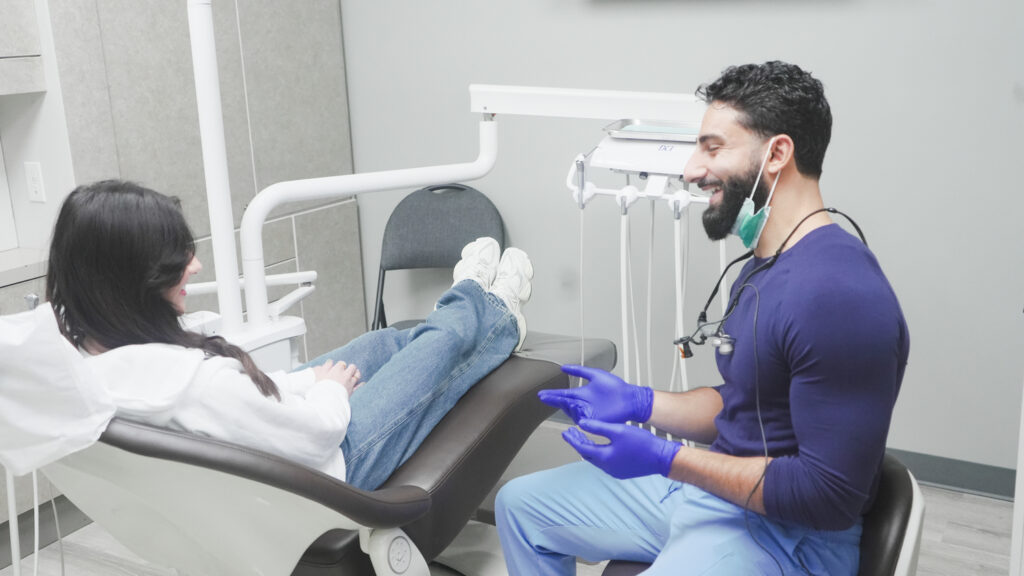
Oral Pathology
Oral Pathology is a specialty that focuses on the identification and treatment of diseases affecting the mouth and maxillofacial region. The diagnosis of these diseases is made through various examinations, including radiographic, microscopic, biochemical, and other in-office procedures. Oral pathologists work closely with dentists to provide clinical diagnoses based on their findings.
Common Diseases Diagnosed by Oral Pathologists
Oral pathologists diagnose and manage a wide range of conditions, including:
- Mouth and throat cancer
- Mumps
- Salivary gland disorders
- Oral ulcers
- Odontogenic infections
- And other related conditions
Oral pathologists also provide biopsy services for dentists to confirm diagnoses and offer expert clinical advice on treatment options based on their findings.
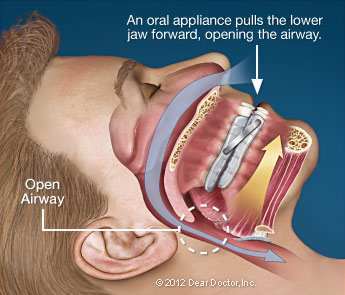
Oral Surgery for Sleep Apnea
Oral surgery can be an effective treatment for sleep apnea by removing excess tissue in the throat that is blocking the upper air passages and causing vibrations. This helps to reduce snoring and improve breathing during sleep. There are several surgical procedures used to treat sleep apnea, including:
1. Uvulopalatopharyngoplasty (UPPP)
Uvulopalatopharyngoplasty (UPPP) is a procedure that removes excess tissue from the upper mouth and throat. This surgery is typically performed in a hospital under general anesthesia. The goal is to widen the airway and reduce the obstruction caused by tissue in the throat.
2. Maxillomandibular Advancement
Maxillomandibular advancement is another surgical option for treating sleep apnea. This procedure involves repositioning the upper and lower jaw to move them forward from the rest of the facial bones. This adjustment creates more space behind the soft palate, reducing airway obstruction and improving airflow during sleep.
3. Tracheostomy
In some cases, when other treatments have failed, a tracheostomy may be necessary. During this procedure, a tube is inserted into the throat to allow breathing. The tube is covered during the day but is opened at night to provide a clear airway for breathing while you sleep.
All of these surgeries are routine procedures and are considered very safe when performed by skilled surgeons.
